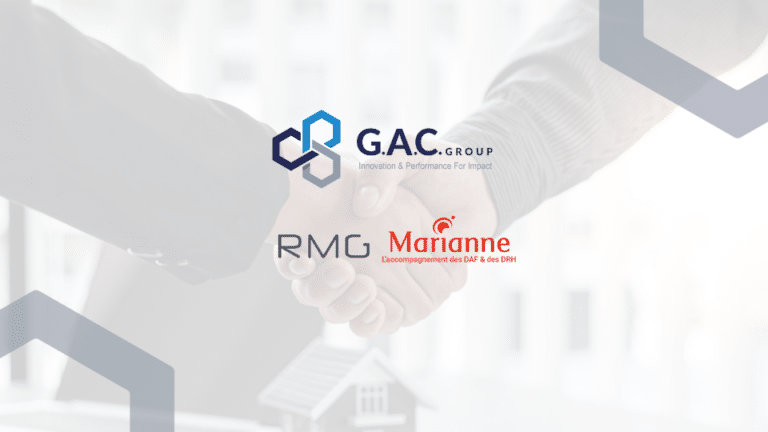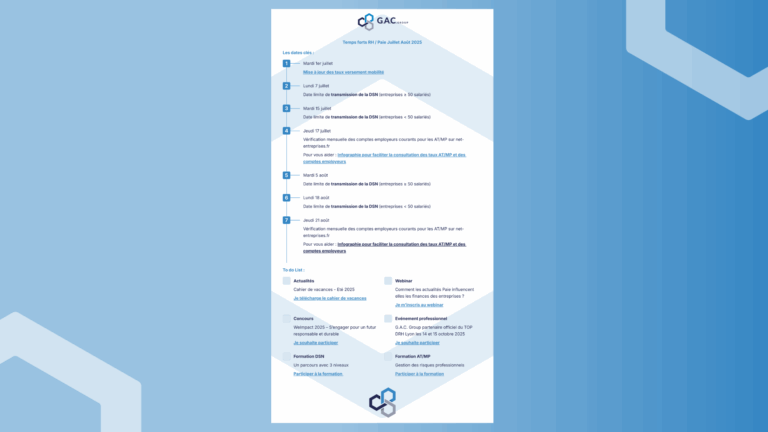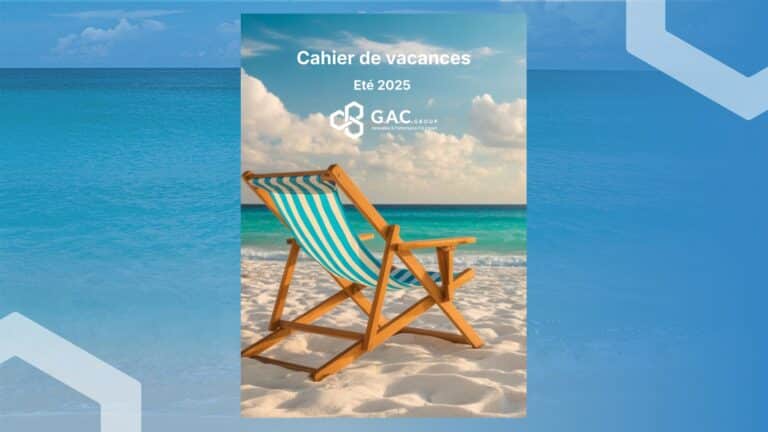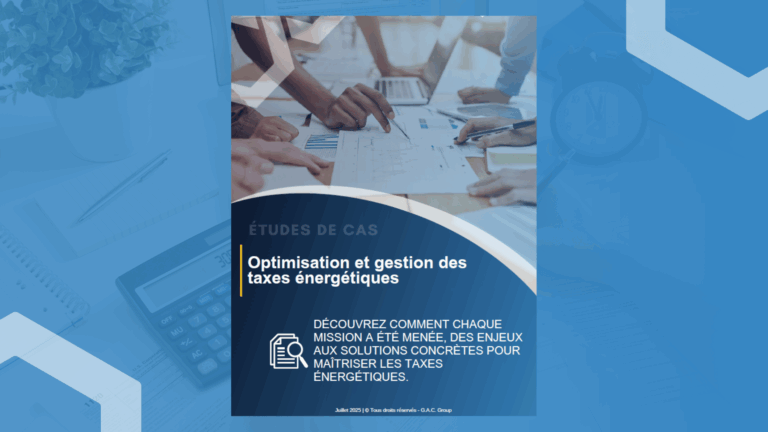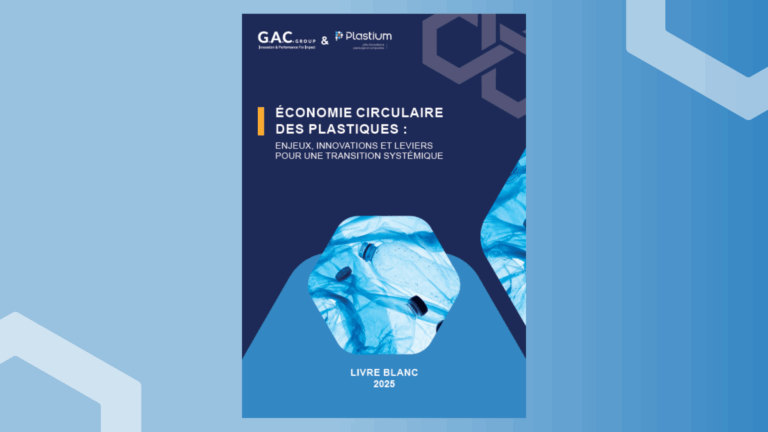We told you about it a few months ago, it's now official: the German finance committee has (finally) approved the draft law on tax incentives for R&D! This “boost” to innovation falls perfectly with the current opening of our offices in Munich.
Indeed, after more than 40 years of discussion, a tax system dedicated to research will (finally) be implemented in Germany from 1er January 2020.
As a reminder: Germany remains France's leading customer and the world's leading technology exporter! Very good prospects are therefore to be expected in 2020.
German CIR: the context
Germany is one of the last OECD countries to adopt a tax system dedicated to R&D (even if many research support systems, in particular dedicated grants, have existed for a long time).
With this new device, the ambitions are strong: the R&D spending will have to reach 3.5% of GDP by 2025!
Indeed, since 2000, Germany has been one of the European countries with the most developed investments in R&D. For comparison, France only devotes a little more than 2% of its GDP to R&D activities.
On May 22, 2019, the law on tax incentives for research (ie (Forschungszulagengesetz - FZulG) has been validated by the Bundeskabinett ". This text establishes in Germany a tax system "similar" to the CIR and will soon be supplemented by a dedicated tax law.
The projects which will be eligible for this funding must relate to fundamental research, applied research or experimental development.
According to the financial report, the research grant is expected to cost around 1.15 billion euros from 2021.
The amount is expected to reach around 1.3 billion euros by 2024. As the subsidy is likely to be of only marginal significance for large companies, it will primarily benefit small and medium-sized enterprises.
The 5 key points to remember about the future German CIR
- 25 % capped at 500,000 euros The scheme provides a tax credit of up to 25% of the expenditure incurred, capped at 2 million euros of eligible expenditure (i.e. 500,000 euros of tax credit per company per year).
- Frascati Manual : the reference for defining eligible R&D expenditure
- The tax advantage : all companies can benefit, whether they make a profit or not, as long as they are subject to corporate tax (IS)
- All companies are eligible : there is no size criterion
- The control of the eligibility of expenditure is done "a priori" : the tax benefit is subject to prior certification from a specialized body. The certificate will be drawn up according to a model prescribed by the ministry and the decision to refuse to grant a certificate must be motivated (process almost identical to that implemented in Austria).
Who can claim it?
This system applies to all companies, whether or not they are beneficiaries, as long as they are liable for corporate tax.
However, this law tends to disadvantage cooperative research systems between entities not subject to tax (universities, non-profit organizations) and subject entities.
NB : some representative bodies recommend that the expenditure be taken into account at the customer level, regardless of the type of entities involved during the project.
What about the ceiling of € 500,000?
Initially, the benefit is limited to 500,000 euros per company and per year. Apparently, this criterion does not make it really competitive at European level.
For groups of companies, the term "company" is used. unternehmen " as used in the text suggests that the assessment will be made at the group level and not at the level of each of the subsidiaries taken individually.
The German government wanting R&D spending to reach 3.5% of GDP by 2025, the ceiling is therefore likely to be increased in the future to meet this objective. The general cost of this device is estimated at more than 5 billion euros.
How to obtain this tax advantage?
- The company must submit its request at year-end during which expenses are eligible.
- A supporting file detailing all the projects must accompany the request.
- The company has its project certified, this certificate is issued by a dedicated body validating the eligibility of R&D projects.
- The company sends the file to the administration, the form of credit variesaccording to the company's tax situation.
Support from G.A.C. Group
Our 200 employees have been supporting our 2,000 customers across the entire innovation value chain, particularly in their R&D projects, for over 17 years.
Thanks to our presence in Munich and our successful experiences ahead of this new law (eg: R&D audit mission for a German subsidiary of a large CAC 40 group), G.A..C has the expertise to support companies wishing to benefit from the CIR scheme in Germany.
Our teams will thus be able to support you from A to Z on the use of this new system launched in January 2020.
Die GAC Group unterstüzt Sie gerne ab Januar 2020, bei Inanspruchanahme der neuen Steurgesetzverordnung in Deutschland! *
